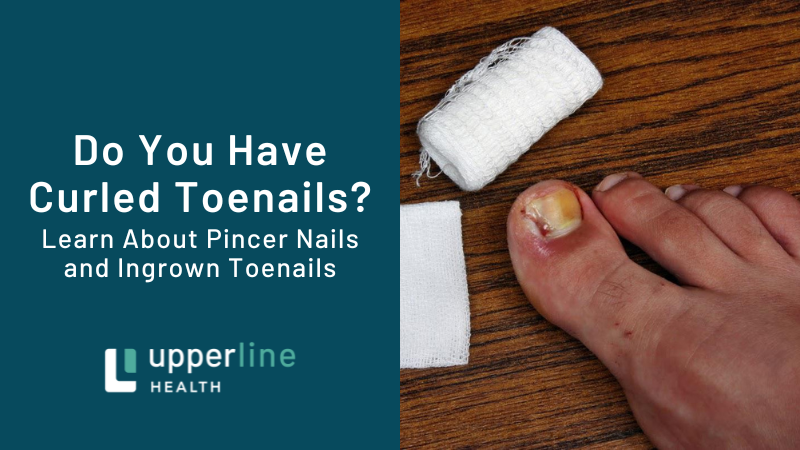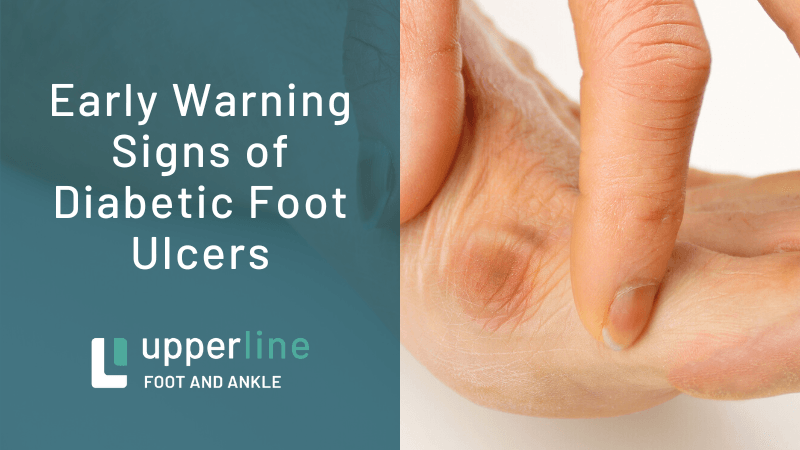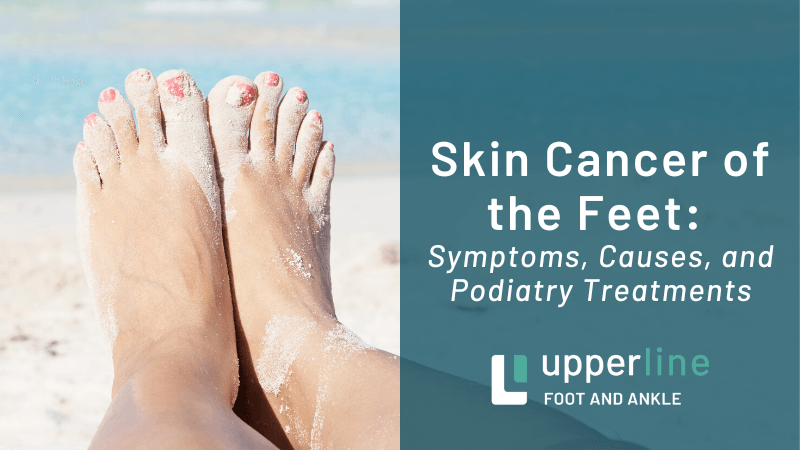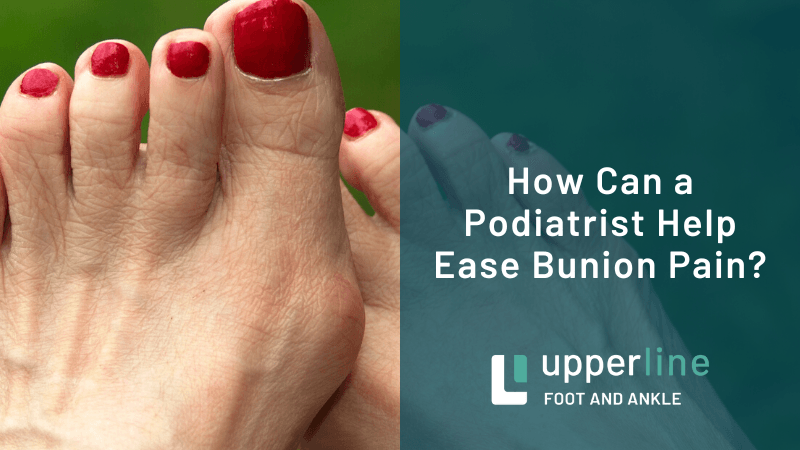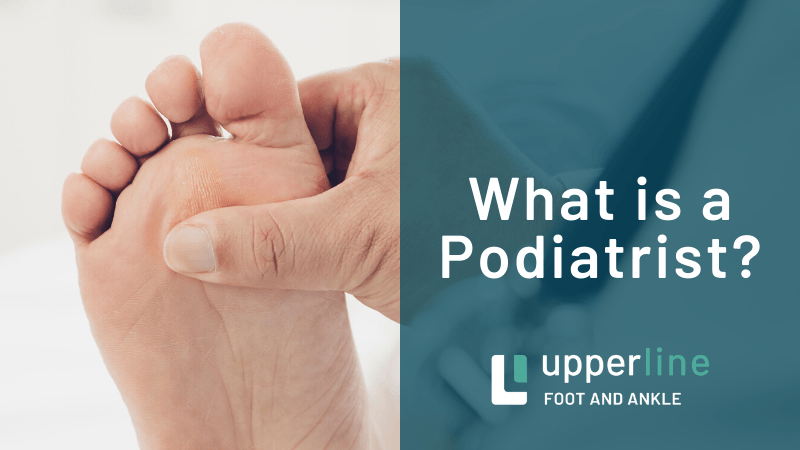Frequently Asked Questions About Foot Calluses and Corns
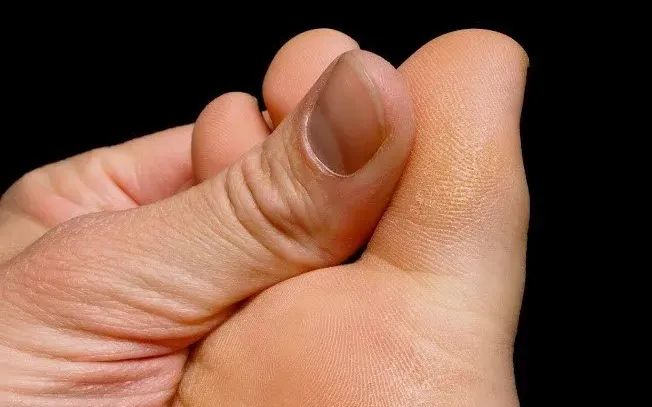
An estimated five percent of Americans struggle with painful foot corns and calluses each year. These thickened patches of skin can help protect sensitive areas of the feet from injury, but they can also present some painful issues of their own that might require treatment from a podiatrist.
If you've developed suspected corns or calluses that interfere with your everyday tasks and overall quality of life, you need to understand how these problems develop, how to respond to them, and how to ward off future occurrences. Check out the answers to these frequently asked questions about foot calluses and corns.
How Do Calluses and Corns Differ?
Calluses and corns have many similarities. Both involve thickening of the skin that results in a rough, raised, hardened bump, with the topmost layer of skin appearing rough or waxy. Both conditions can also cause pain and tenderness under pressure or friction. However, the two conditions also differ in certain respects.
Calluses can occur on any part of the body that regularly experiences direct friction or pressure, while corns specifically affect the feet. Calluses also assume a softer, wider form than corns, which feature a harder, deeper central core. Calluses typically affect the undersides of feet and toes, while corns develop on the sides or tops of toes.
Why Do Calluses and Corns Appear on the Feet?
Both calluses and corns form as a protective response to irritation or stress, with skin cells building up in a process known as hyperkeratosis. Athletes, manual laborers, workers who stand or walk for extended periods, and anyone else who contends with long-term or repeated skin friction may develop calluses.
Corns often grow in response to ill-fitting footwear that creates pressure points on the toes. If you have an abnormality of the foot, such as a hammertoe or other bony protrusion, that area may prove especially vulnerable to corns.
When Should You Seek Medical Attention for a Corn or Callus?
Any corn or callus that becomes unbearably painful, develops inflammation, or grows discolored due to bleeding under the skin deserves medical evaluation. If you have diabetes, a corn or callus may lead to dangerous ulceration and infection, especially if you ignore it or try to remove it yourself.
Certain conditions, such as plantar warts, can sometimes mimic the symptoms and appearance of foot calluses and corns. A podiatrist can perform a thorough, informed examination and make the correct diagnosis, allowing you to pursue the most effective treatment for whatever foot problem you actually have.
How Do Podiatrists Diagnose and Treat Calluses or Corns?
Your podiatrist can often determine the cause of a corn simply by looking at obvious hammertoes or other structural abnormalities that encourage corn development. X-rays can confirm the diagnosis. This specialist may also evaluate your stance, gait, medical history, choice of footwear, and lifestyle for possible causes.
A smaller corn or callus may respond well to non-invasive treatment options. Your podiatrist may prescribe a home care regimen involving moisturizers, warm-water foot baths, and careful application of a pumice stone. Other recommendations may include the use of products containing salicylic acid, ammonium lactate, or urea.
You can usually have a more advanced callus or corn removed in an outpatient procedure. The podiatrist uses a surgical blade to shave away the offending tissue. Since this extra skin consists of dead cells, this procedure shouldn't cause pain. If you already have severe inflammatory pain, you may benefit from a cortisone injection.
What Can You Do to Prevent Foot Calluses and Corns?
Modifications to your footwear can help you avoid ongoing foot calluses or corns. In addition to choosing looser, more flexible shoes, you can also use orthotic inserts that optimize your weight distribution and cushion sensitive areas. Thick socks can provide extra protection against friction.
Vigilance can make a big difference in keeping corns and calluses at bay. Maintain your moisturizing or pumice stone routine, and get any changes in your feet looked at as early as possible.
If you seek answers for foot callus or corn issues, contact Upperline Health California. Our team can evaluate your condition, offer soothing treatment, and help you keep your feet healthy.

